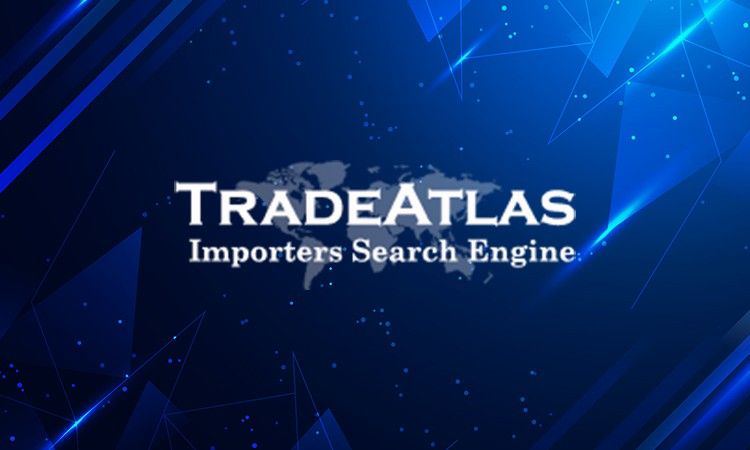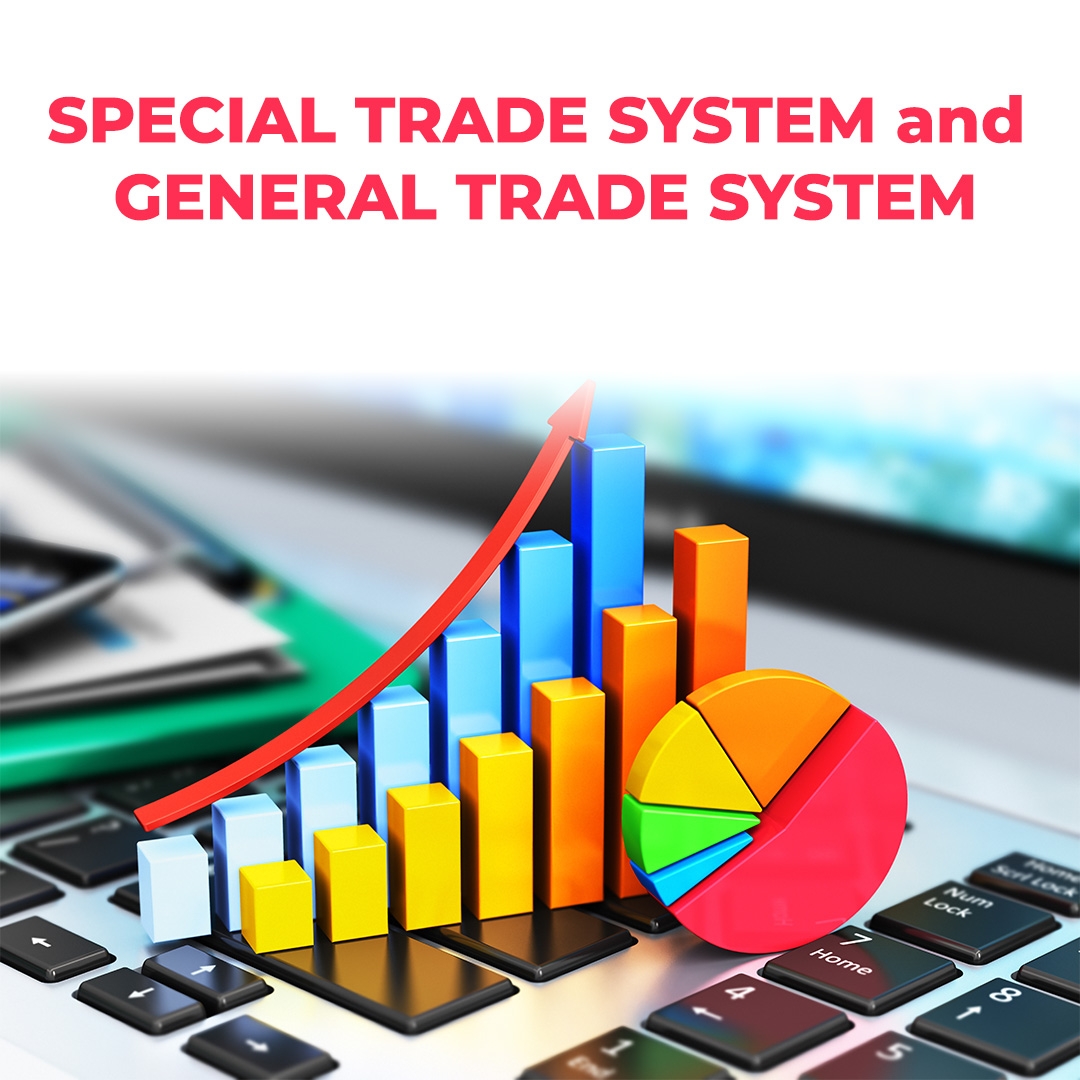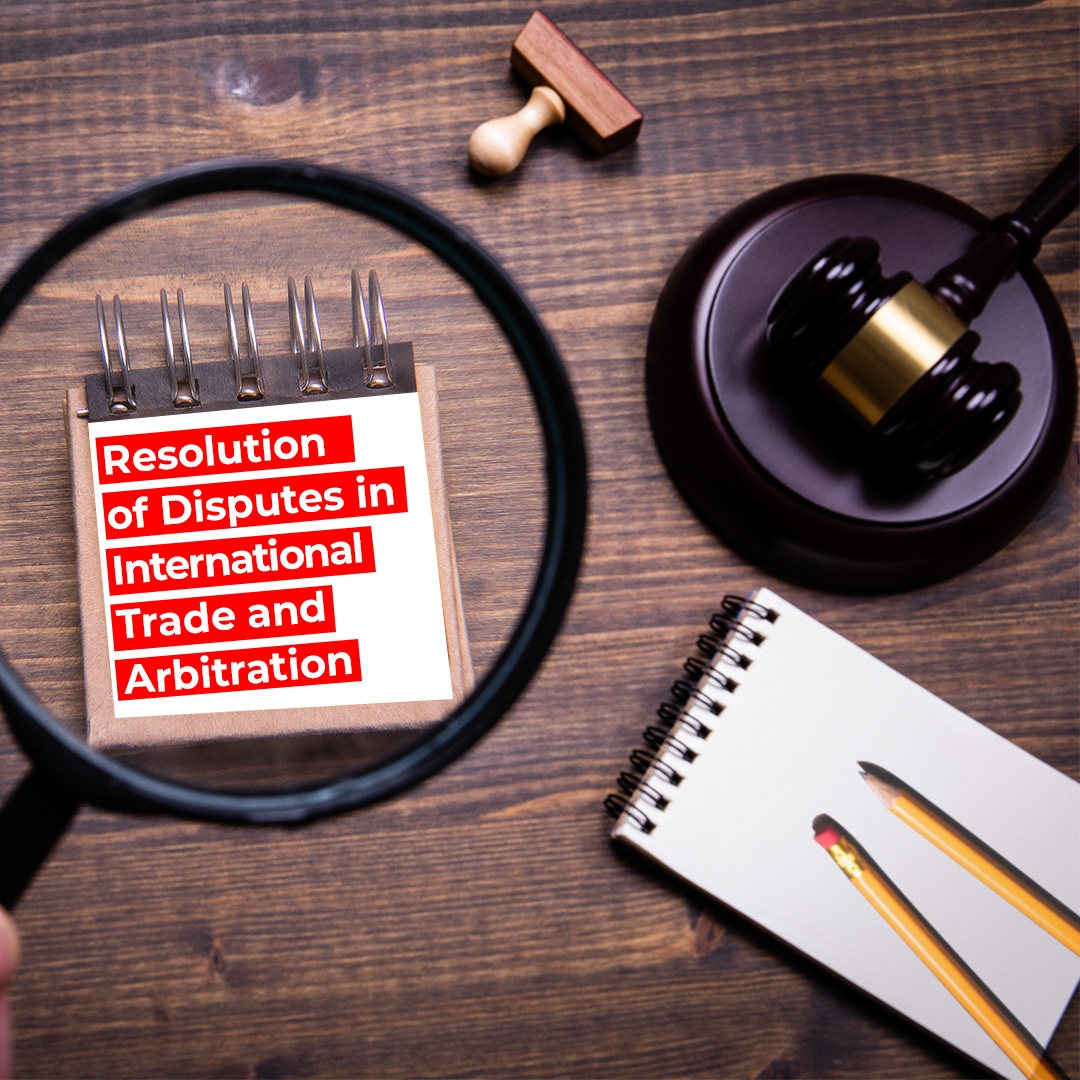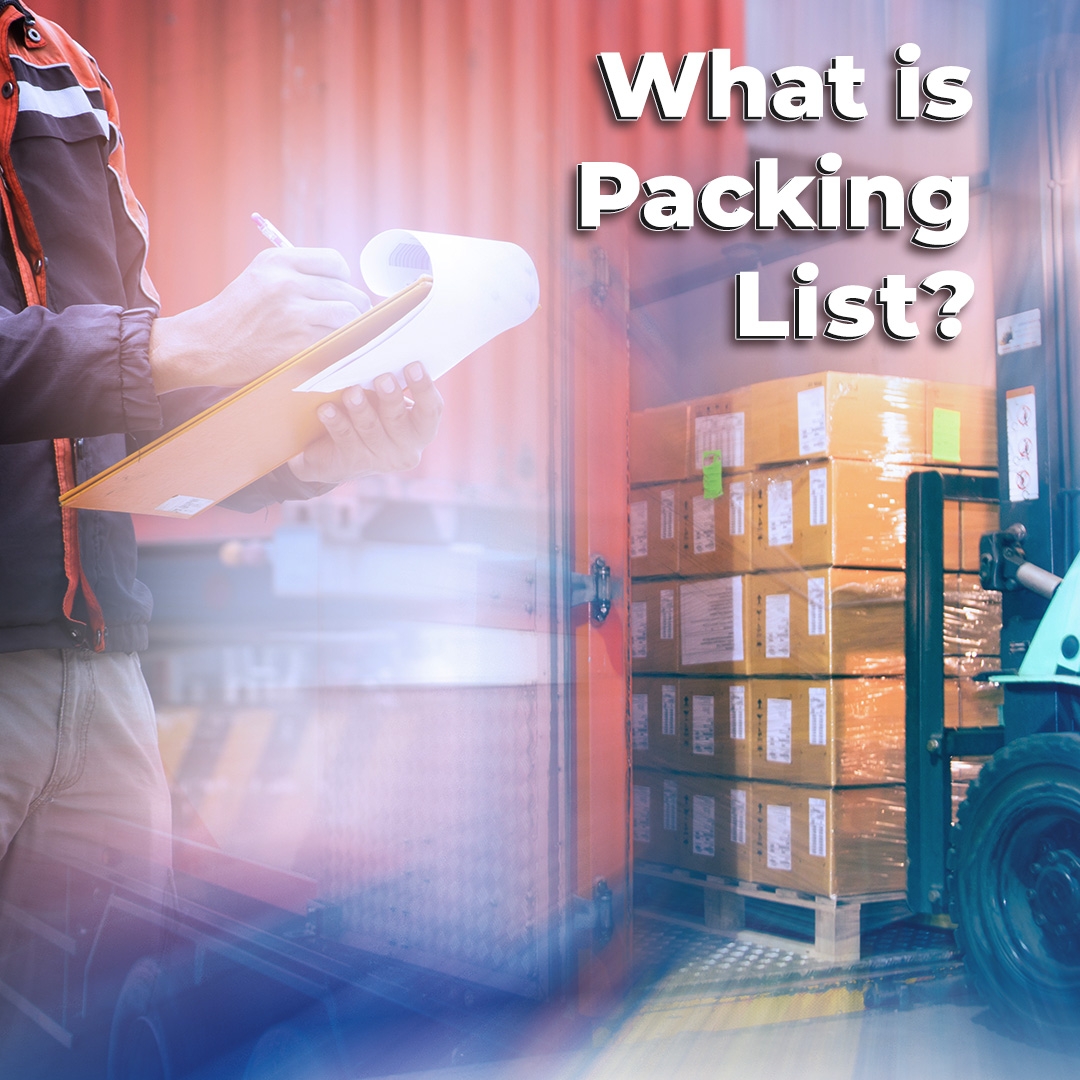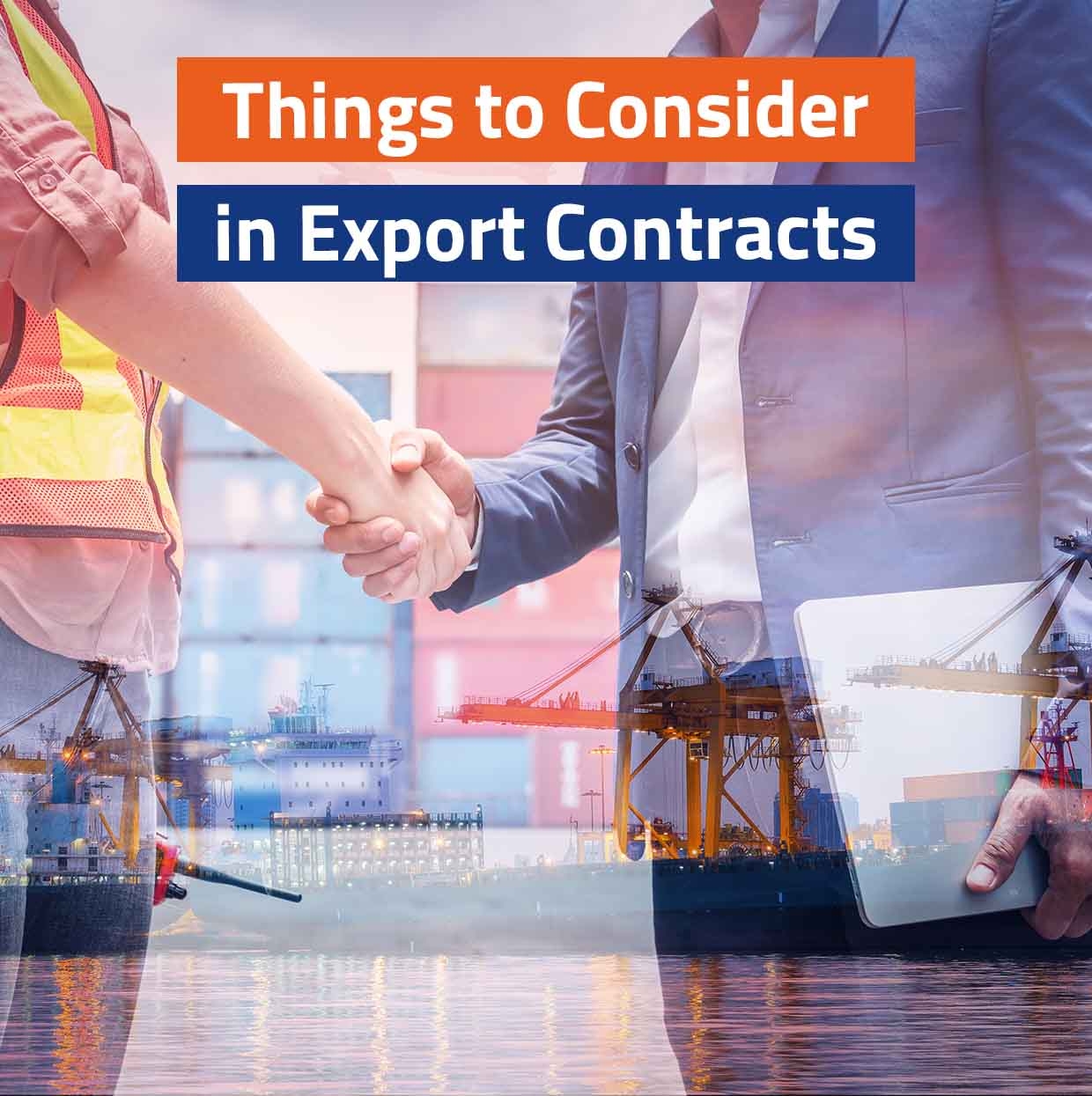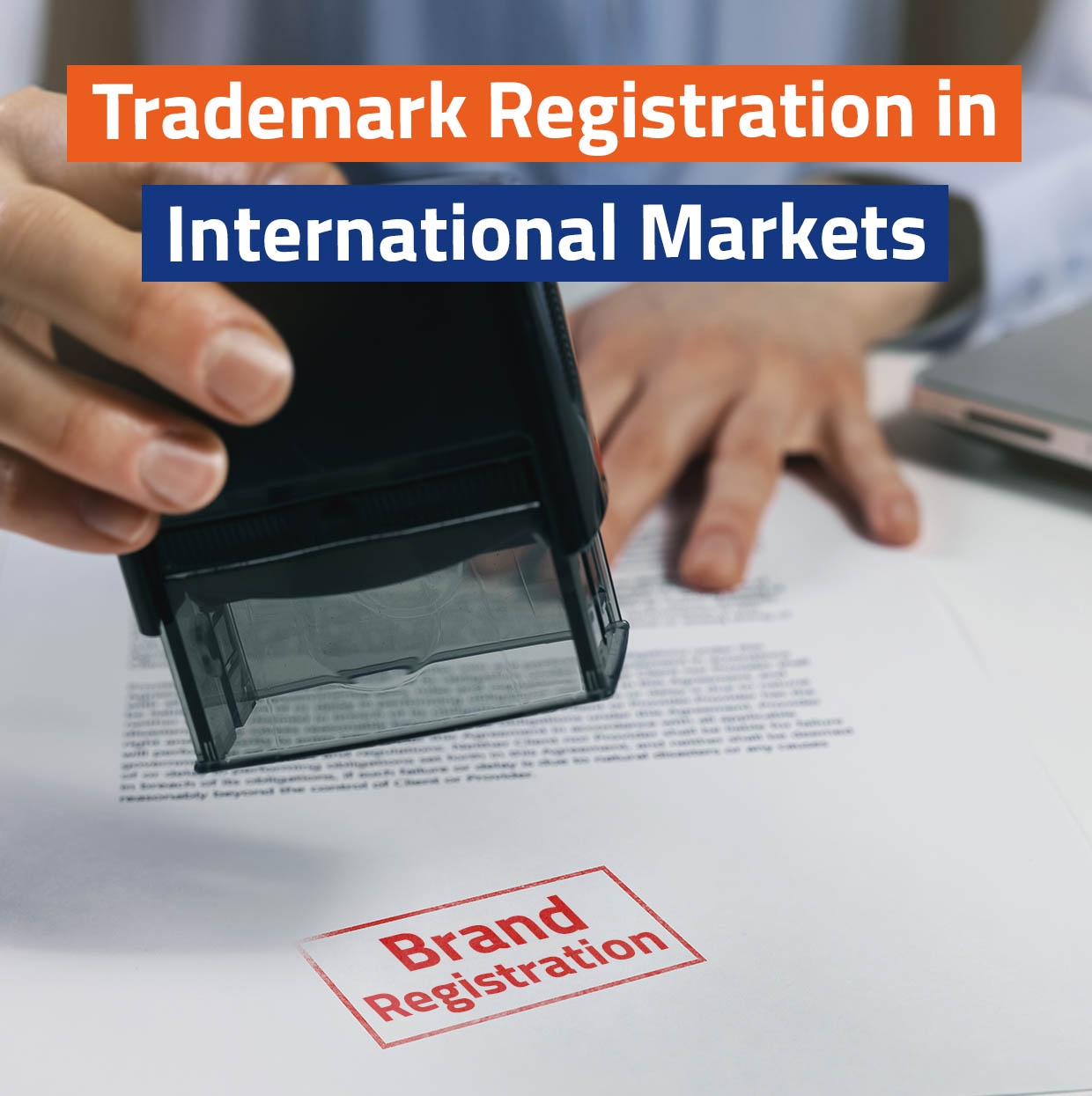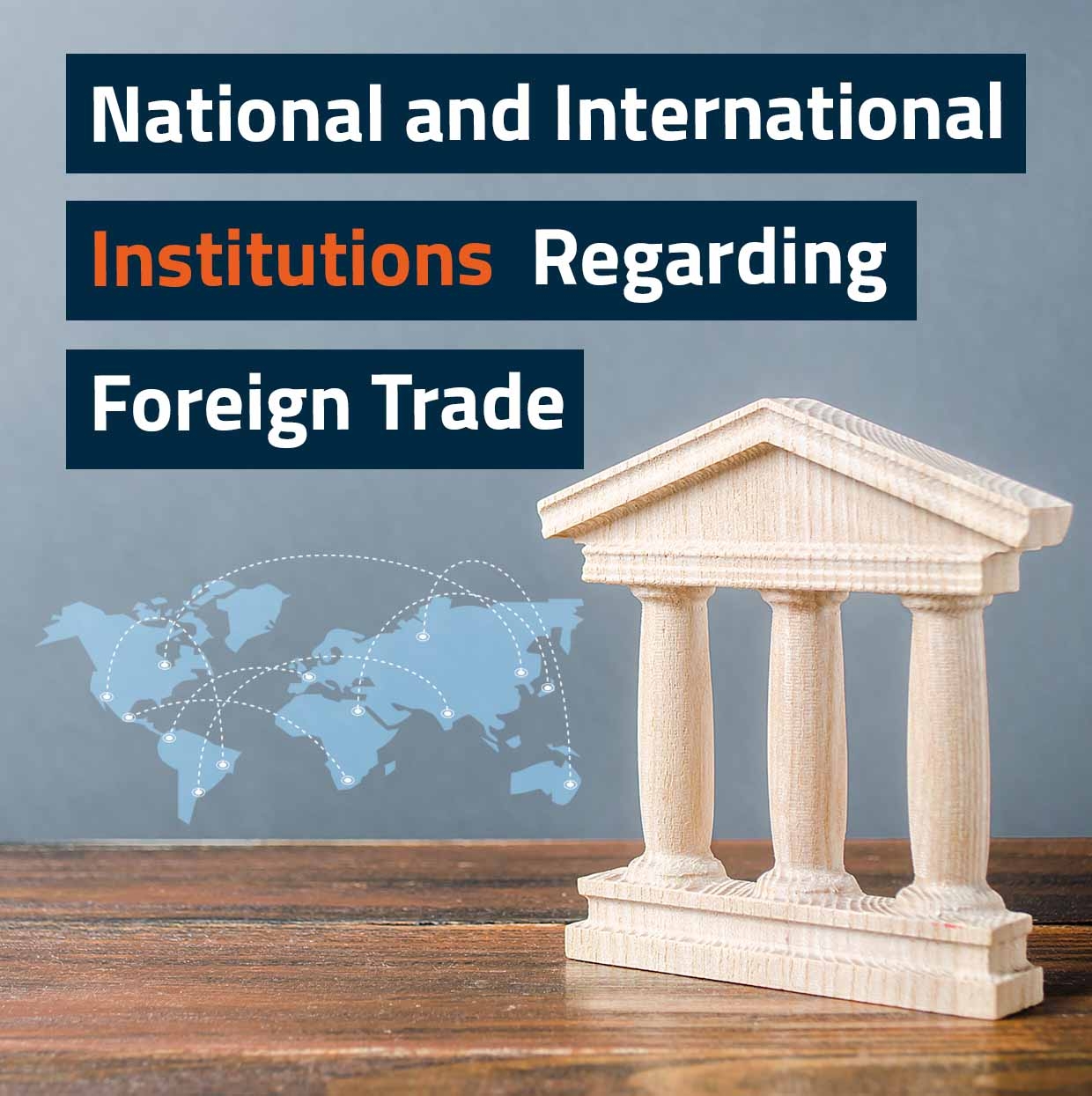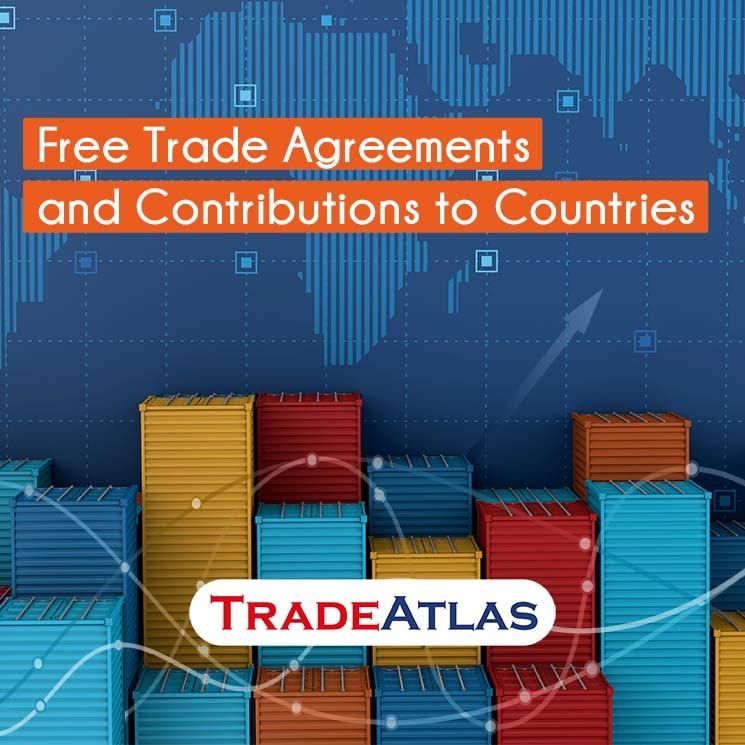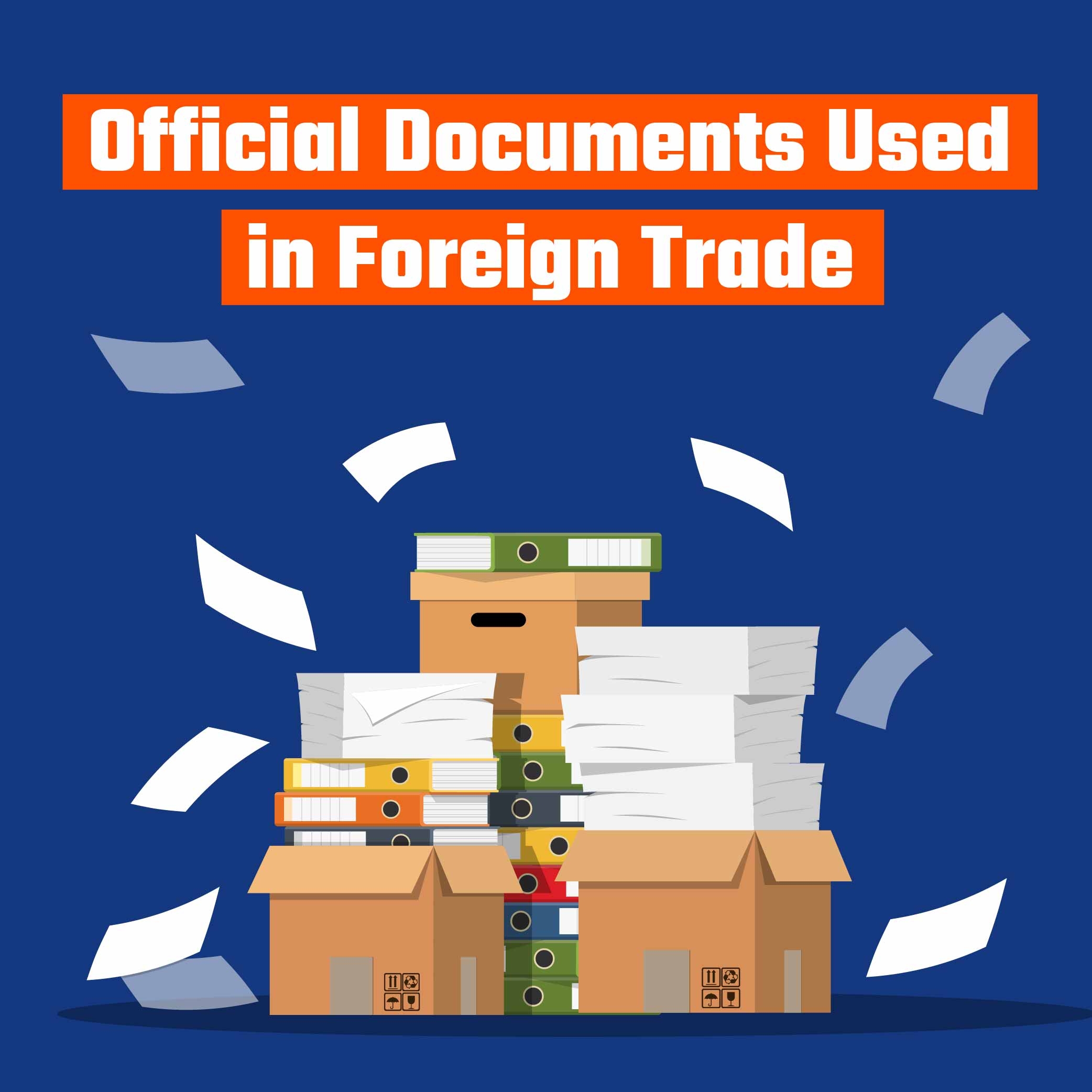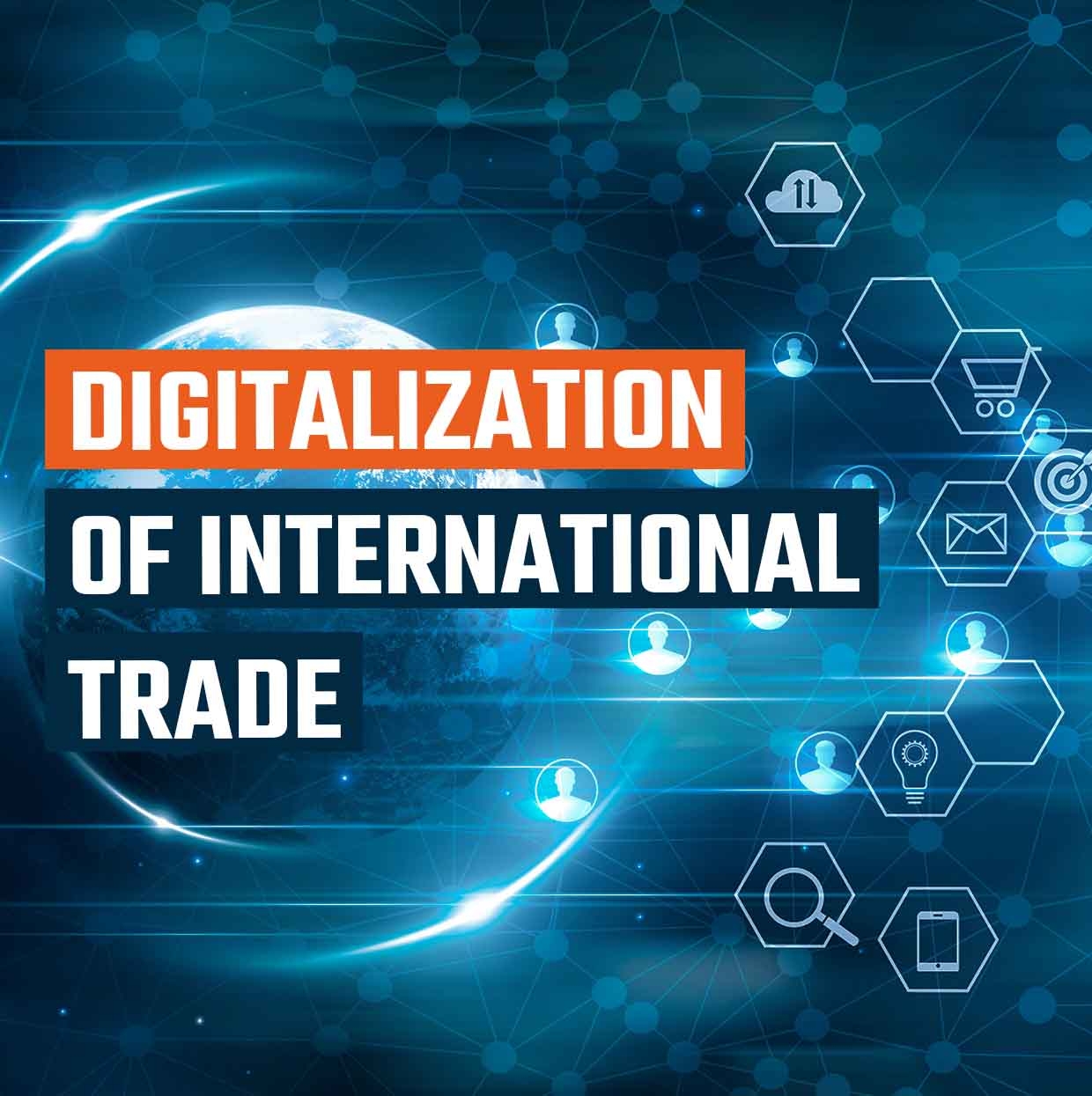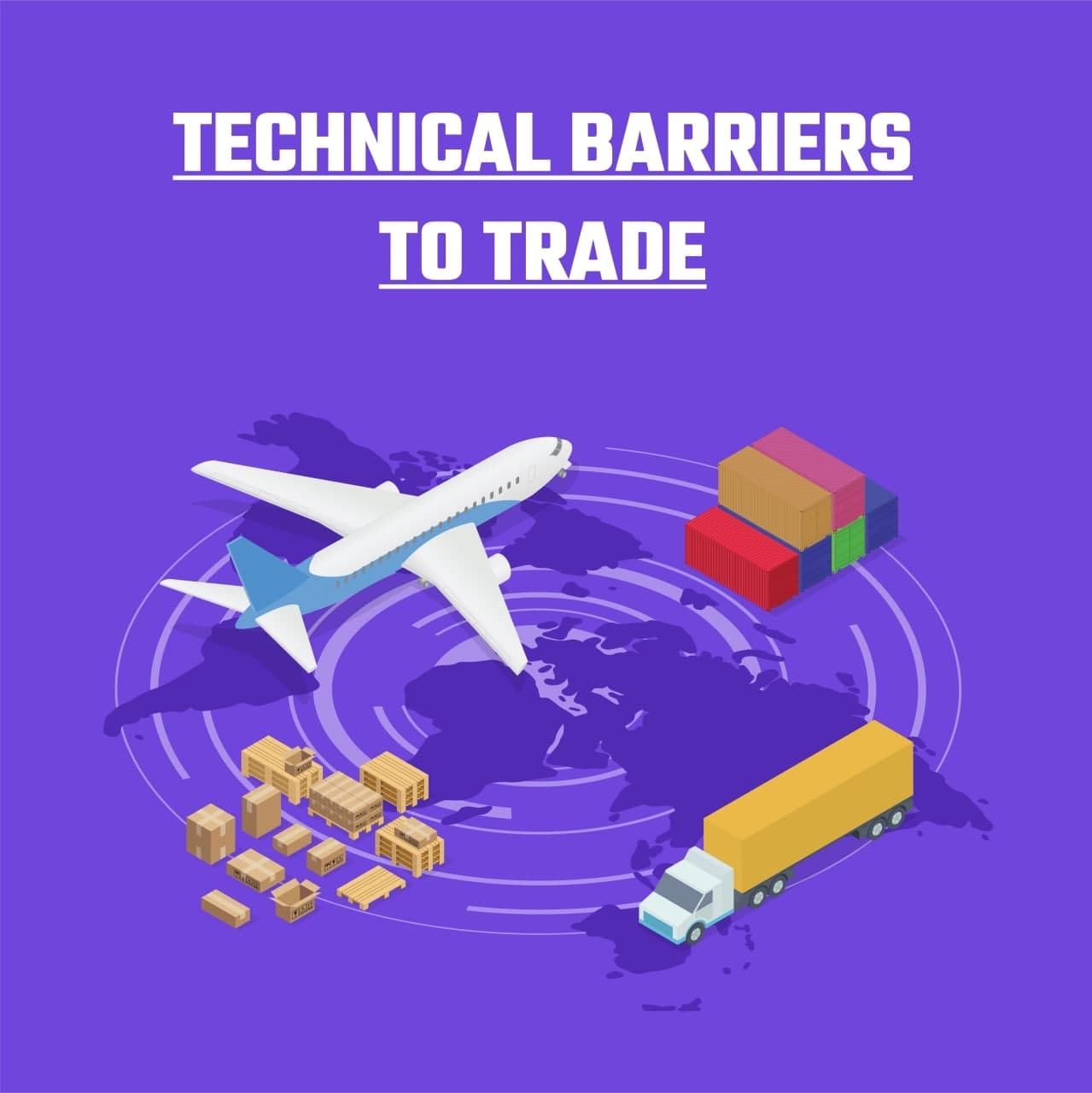What
is a Trade Fair?
The
purpose of the trade fairs is to promote and transfer the goods and
services that are the subject of trade, and the technological developments,
information and innovations related to them, through setting up stands. Trade
fairs are organized in areas suitable for the qualifications determined in
these principles for the exchange of information, cooperation, market growth
and the establishment and development of future commercial relations between
visitors and exhibitors. They are organized by considering the interests of the
field, sector, and society that it is the subject of. Also, their organizer,
name, type, place, subject, date, and duration are predetermined.
What
are the Fair Types?
Fairs
are divided into two classes according to the geography of the target audience
to be reached and the purpose of organization.
According
to the geography of the target audience to be reached, the fairs are divided
into three groups as regional, national, and international.
Regional
fairs do not appeal to large audiences, they
are organized on the basis of a certain geographical region and generally
receive visitors from that region. At national fairs, the main target
audience is citizens of the country, but it is often open to other countries. International fairs,
which bring together companies in both national and international markets,
reveal a globalized structure. In order for this type of fair, which targets
international visitors, to meet expectations, international companies must participate.
Fairs
are divided into four groups as General Fairs, Commercial Specialized Fairs,
Integrated Fairs and Consumer Fairs according to the purpose of
organization.
General
(Horizontal) Fairs are events with a
minimum of 50 participants and a duration not exceeding 15 days, where
agricultural, industrial and consumer goods and various services are exhibited
and promoted without targeting a specific sector and can also include social
and cultural events.
Commercial
Specialized (Vertical) Fairs are narrower events with
at least 25 participants and the duration not exceeding 10 days, where only the
goods and services produced in the subject of the fair are exhibited, visited
only by the target audience related to that sector.
Integrated
Fairs are organized by integrating all other
products, finished and semi-finished products, equipment and raw materials
related to a main product.
Consumer
Fairs are events that are open to all segments
of the society, where exhibitors and visitors generally consist of the center
and neighboring centers where the fair is held, and consumer goods are
exhibited.
Importance
of Attending Trade Fairs
Fairs,
which constitute the meeting point of producers and consumers, are an important
sales and communication tool that enables direct communication with the
customer. The opportunities offered by the fairs can be analyzed in two groups
as the opportunities they provide to the exhibitors and the visitors.
Opportunities available to exhibitors are as follows:
· Evaluating
export opportunities,
· Opportunity
to meet with manufacturers, suppliers, importers and non-governmental
organizations operating in the sector,
· Reaching
a wide target audience at once,
· Participating
in sectoral activities,
· Opportunity
to strengthen existing collaborations and dealership network,
· Gathering
information about new markets,
· Identifying
new trends,
· Establishing
strategies to increase market share,
· Making
a competitive assessment,
· Obtaining
information about the general situation of the sector,
· Strengthening
existing collaborations and recognizing new partners,
· Increasing
brand awareness,
· Reaching
potential customers,
· Expanding
the sales volume,
· Evaluating
individual customer demands,
· Receiving
feedback on products, services, and strategies,
· Pricing
policy determination.
Opportunities
for fair visitors can be listed as follows:
· Discovering
new products, services, and technologies,
· Conducting
market research,
· Making
price and condition comparison,
· Obtaining
information about the technical features of products and applications,
· Strengthening
cooperation and getting to know new partners,
· Evaluating
the economic environment,
· Socializing
with the business environment,
· Making
evaluations about current business by meeting with existing business
partnerships,
· Developing
sectoral knowledge by participating in seminars and events at the fair,
· Following
the innovations and developments in the sector,
· Opportunity
to meet with as many different companies as possible in line with business
objectives,
· Opportunity
to meet with predetermined companies in line with business objectives,
· Meeting
new people and expanding business network for future job opportunities.
Fair
Preparations
The
first thing to do before participating in any fair is to analyze the current
situation of the company. Evaluating the current situation, customer
profile, capacity and problems of the company is important in deciding whether
to attend a fair or to reach customers using other methods.
The
next step after deciding to participate in a fair is to choose a fair by
considering factors such as the purpose of participating in the fair, the needs
of the company, its conditions, customer expectations, the general situation of
the sector and the geographical location of the target audience. While the fair
choice of local businesses is in favor of regional fairs, enterprises with
sufficient capacity, sales force and demand prefer national fairs. Companies
operating or planning to operate in international markets generally aim to
improve their import and export activities by taking advantage of international
fair opportunities.
Another
important step after choosing the fair is to examine the past reports of the
selected fair. It is very important to examine the number and names of the
companies participating in the previous fairs, how many square meters the
participant companies participated in, the number of individual visitors, the
purchasing power of the visitors, the sector profile, the persona and profile
studies for the visitors, to determine the expectations from the fair and to
know the target audience.
After
deciding to participate in the fair, the products to be exhibited, the
stand location and design suitable for these products must be determined, posters,
visual and written documents must be prepared in accordance with the
message to be given.
In
budget planning, which is one of the most important stages, the cost of
participation in the fair and other possible costs should be considered. The
things that should be included in the fair participation budget can be listed
as follows:
· Participation
Fee (Rent is usually determined per m2, but expenses such as OHS,
electricity, cleaning, digital catalog can also be requested.)
· Stand
Expenses (Varies according to design, material and size.)
· Invitation
Expenses Before the Fair
· Marketing
and Communication Expenses at the Fair (Expenses for products such as
catalogues, brochures, business cards, posters and promotions)
· Product
Selection Preparation (Test and prototype costs)
· Logistics
Services
· Personnel
Preparation and Training
· Personnel
Travel, Accommodation and Subsistence Expenses
· Event
Expenses at the Fair
· Post-Fair
Sales / Marketing Follow-up Expenses.
Making
a Difference in Trade Fairs
Today,
the fact that consumer behavior is highly variable and complex, rapidly
developing technology and intense competition have made the promotion of a
product or service as important as producing or providing a service. Under the
current conditions in national and international markets, no matter how
high-quality products a company produces or how much quality service it
provides, it cannot succeed in the sector in which it operates unless it can
promote it well and correctly.
In
order to achieve high efficiency and make a difference from the fairs attended,
the targets must be determined correctly. Companies participating in fairs
may have various goals. While some companies aim to increase their sales,
others may aim to collect feedback for their new product.
Fair
selection is also of great importance in terms of
obtaining efficiency from participation. How the fair selection should be made
is explained in the "Fair Preparations" section. In addition, it is
necessary to pay attention to the fact that the company organizing the fair
is experienced and knowledgeable, and whether the necessary consultancy
services are provided for international fairs.
Remarkable,
creative and company-related stand, posters, brochures and visual designs
will attract visitors to the stand and will benefit in line with the desired
goal.
At
the same time, it is very important to use social media and digital channels
effectively before, during and after the fair, and to keep the company's
website up to date.
The
stand attendants who will take part in the fair must
have received adequate training, have knowledge of products and services at a
level to conduct business negotiations, and have high communication skills. In
addition, it is important to get the information of the visitors coming to the
stand by using the business cards or forms, in order to be able
to communicate later.
At the next stage after the fair, the company representatives who visited the stand should be contacted and thanked, and more detailed information should be given about the company and its products.
It
is very easy to reach importers and exporters all over the world directly with
Trade Atlas! Trade Atlas is a global importer and exporter search engine that
contains 1.5 billion bills of lading and shipment details data of 17.5 million
importer companies in more than 230 countries around the world. Trade Atlas is
with you to accompany you in taking steps towards becoming a more important
part of global trade! To become part of the global ecosystem, you can register
and search for free by clicking here.


